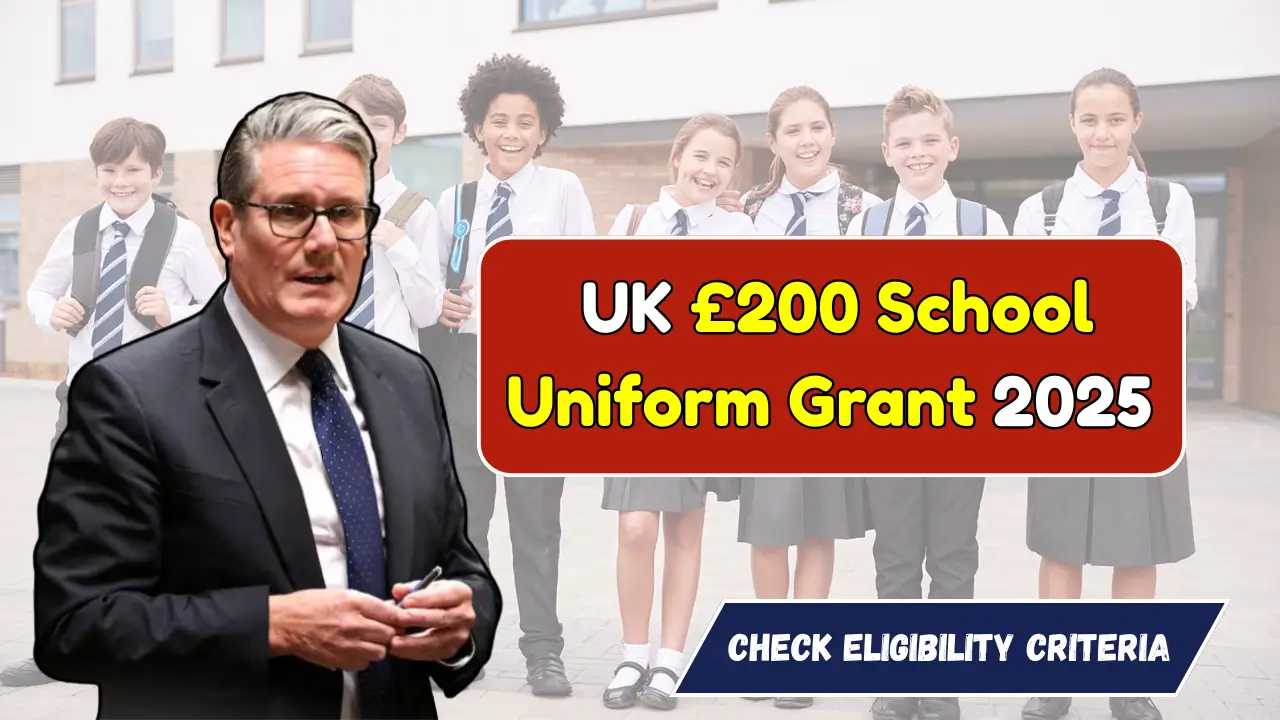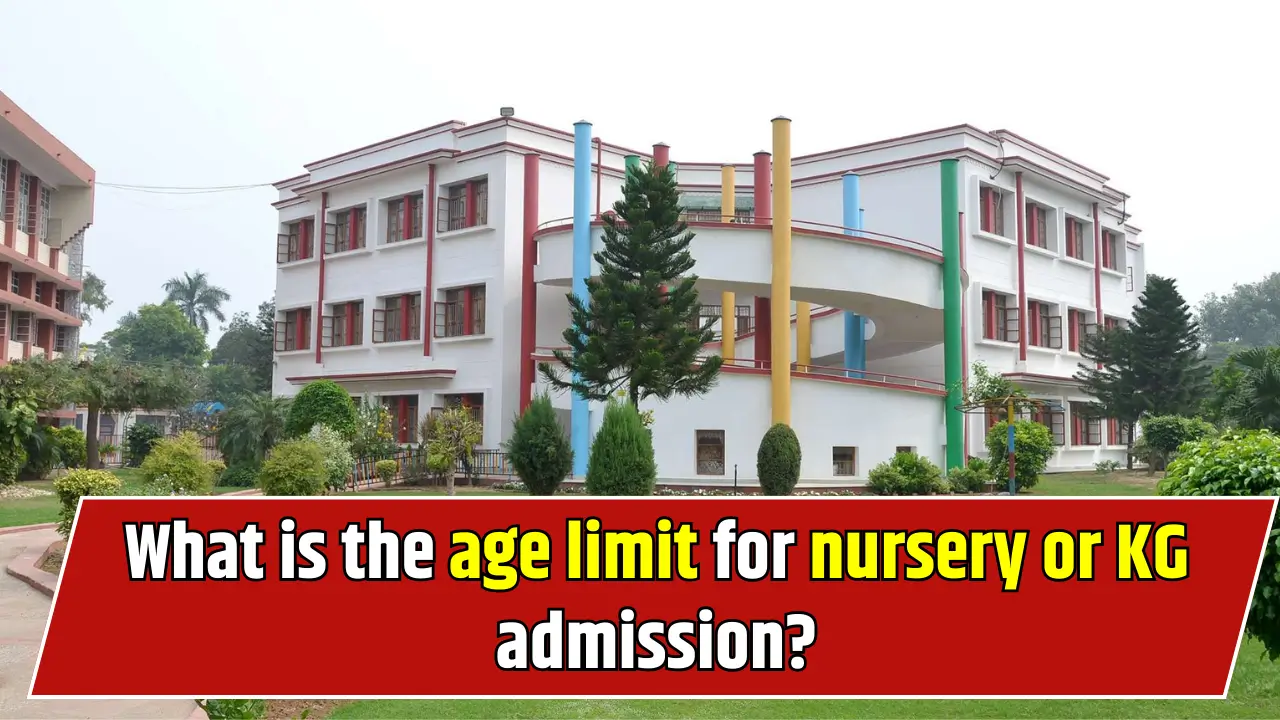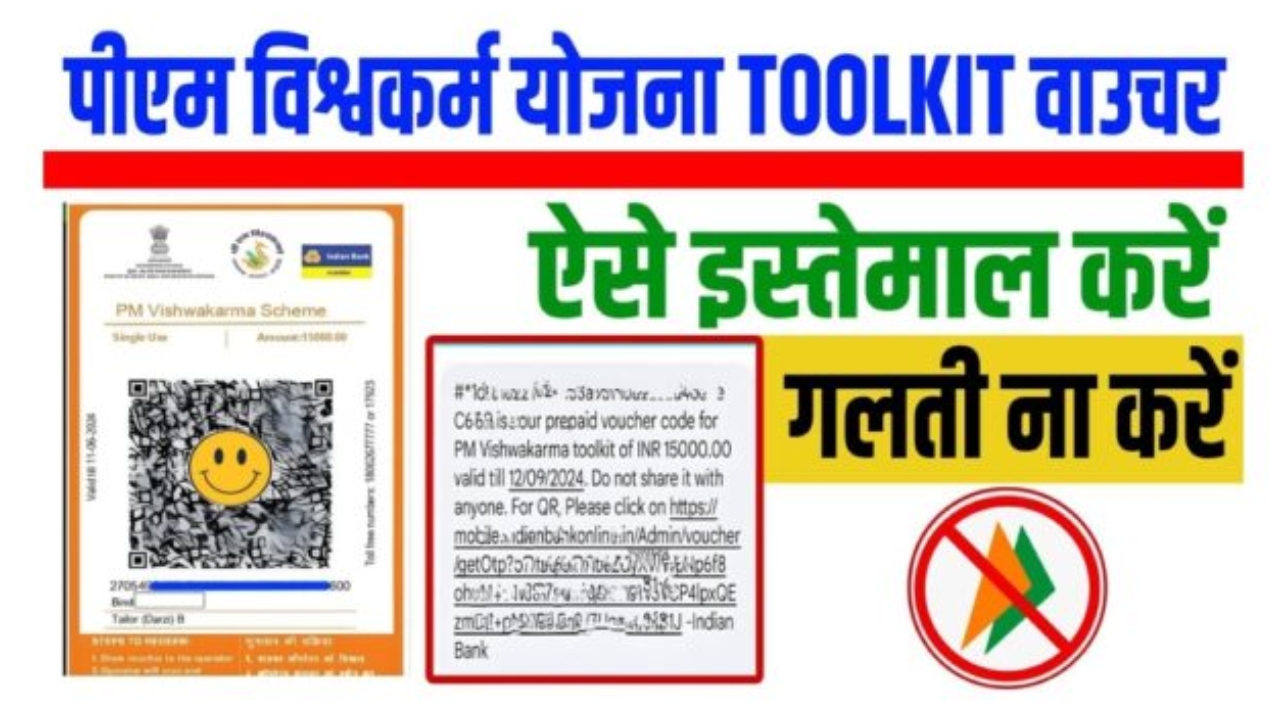The UK £200 School Uniform Grant 2025: a timely financial support aimed at helping families manage the rising costs of school uniforms amid increasing inflation and economic challenges.
This grant offers eligible parents and guardians a one-time payment of up to £200 per child to ensure children can attend school in suitable attire without additional financial burden.
Understanding the eligibility criteria, payment process, and application method is essential for families across the UK to benefit from this important initiative.
This article provides a comprehensive guide to the £200 School Uniform Grant for 2025, clarifying who qualifies, how payments are made, and the step-by-step procedure to apply.
Context of the £200 School Uniform Grant 2025
School uniforms are a staple of the UK education system, help create a sense of belonging and equality among students, but they can also be a significant expense for many families.
The UK government has introduced the £200 School Uniform Grant in 2025 to ease this cost, particularly supporting households facing financial hardship.
This grant forms part of a broader strategy to make education more accessible and reduce the socioeconomic barriers that affect children’s academic performance and wellbeing.
Eligibility Criteria for the £200 School Uniform Grant
Understanding the eligibility is the first step in securing the grant. The grant is designed to target families most in need, ensuring support goes where it matters most. The primary eligibility elements include:
- Residence: The applicant’s child must be a resident and attending a state-funded school in the United Kingdom.
- Age Group: Students from primary through to secondary education up to the age of 16 (or 18 if in further education, depending on local policy) are eligible.
- Financial Status: Families must meet low-income thresholds aligned with other government benefits such as Free School Meals or Universal Credit benchmarks. Generally, this includes families with household incomes under £25,000 per year, although exact eligibility may depend on local authority criteria.
- Existing Benefits: Currently receiving support such as Income Support, Child Tax Credit, or Universal Credit with an income in the prescribed limits.
Families are encouraged to consult their local education authority to confirm eligibility, as administration and specific income thresholds may vary slightly across different regions in the UK.
How the £200 School Uniform Grant Works
The grant is a one-off payment of up to £200 per eligible child, designed to cover part or all of the school uniform expenses for the academic year 2025. Some key details of the payment system are:
- Payment Mode: Most local authorities provide a bank transfer or prepaid card to eligible families, streamlining the process and ensuring immediate access to funds.
- Use of Funds: While the grant is specifically for school uniform purchasing, some local authorities allow limited flexibility to use the funds for other essential school gear such as shoes or PE kits.
- Tax Implications: The grant is considered a social welfare payment and is not taxable income. Receiving the grant will not affect eligibility for other government benefits.
- Validity Period: Funds must be utilised within the academic year to prevent expiry.
Step-by-Step Guide to Applying for the £200 School Uniform Grant
Applying for the grant involves a straightforward but well-defined process aimed at ease and accessibility for parents and guardians:
- Check Eligibility: Verify household income and benefit status against criteria set by your local education authority or council website.
- Gather Documentation: Prepare proof of residence, child’s school enrolment, and documents evidencing income or benefits such as Universal Credit statements or tax credit awards.
- Complete Application Form: Applications can generally be submitted online via the local council portal or in paper format, with some authorities also allowing telephone registration for those needing assistance.
- Submit Application: Ensure all sections are filled accurately and necessary documents attached for verification purposes.
- Await Confirmation: Local authorities typically process applications within 2-4 weeks, after which they issue the grant payment or notify if further information is required.
- Use Funds: Upon receipt, use the grant funds for purchasing approved uniform items within the academic year.
Local Authority Role in the £200 School Uniform Grant
The administration of the grant lies with local councils who also assess eligibility and issue payments. This results in slight variations in application windows, document requirements, and funding disbursement approaches across England, Scotland, Wales, and Northern Ireland.
Parents should communicate with their respective local education authority office or council for:
- Application deadlines and opening dates
- Specific documents needed
- How and when payments will be issued
- Information on complementary schemes that might extend support
Financial Impact and Benefits of the £200 School Uniform Grant
The introduction of the grant significantly reduces one of the largest back-to-school expenditures.
Research suggests that school uniform costs, often surging ahead of inflation, placed a growing strain on lower-income families, with typical expenditures reaching or exceeding £150 per child annually.
The grant:
- Eases budget pressures for families juggling multiple expenses
- Minimises socioeconomic disparities linked to uniform affordability
- Allows children to begin school equipped equally with their peers
- Helps reduce financial stress, contributing positively to family wellbeing
Comparative Overview of School Uniform Support in the UK
| Region | Grant Eligibility Criteria | Payment Amount | Application Period | Additional Support Available |
| England | Means-tested benefits, under £25k income | Up to £200 per child | Typically July to September | Localised hardship funds |
| Scotland | Similar income criteria | Up to £200 per child | Varies by council | Some councils offer vouchers |
| Wales | Universal Credit recipients focus | £200 (set by Welsh Govt) | May to August | School clothing grants |
| Northern Ireland | Income Support, tax credits focus | £200 or local equivalent | Late summer | Clothing allowances in some local areas |
How to Maximise Your Chances of Successful Application
- Apply early: Counsels receive numerous applications and early submission helps avoid delays.
- Submit full, accurate documentation to prevent rejections or processing delays.
- Stay in touch with your local council for updates or additional support programmes.
Conclusion
The UK £200 School Uniform Grant 2025 is a vital financial relief programme benefiting thousands of families through a practical allocation towards school uniform expenses.
Understanding the eligibility criteria, following the application guidelines diligently, and utilising the grant effectively can make a substantive difference as children prepare for the school year.
Families in the UK are encouraged to engage proactively with their local authorities to ensure they do not miss this opportunity for support.
Frequently Asked Questions (FAQs)
1. Who qualifies for the UK £200 School Uniform Grant?
Families with children enrolled in state schools, meeting income thresholds, and receiving certain benefits like Universal Credit typically qualify.
2. Can the grant be used for items other than uniforms?
Some local authorities allow the grant to cover shoes or PE kits, but primarily it supports uniform purchases.
3. How do I apply for the grant?
Applications are submitted to local councils online or via paper forms, generally during the summer before the academic year starts.
4. Is the £200 School Uniform Grant taxable?
No, it is considered a social welfare benefit and does not affect other government benefits.
5. What should I do if my application is rejected?
Contact your local education authority for reasons and possible appeals or alternative support programmes.
















